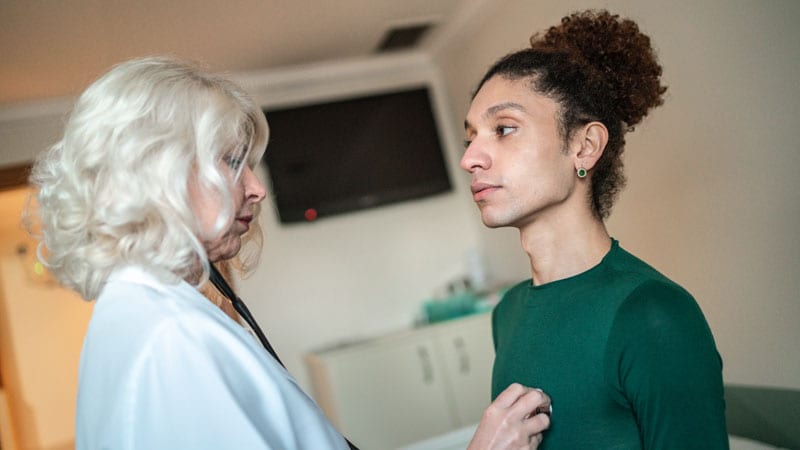The British Association of Otorhinolaryngology and Head and Neck Surgery (ENT UK) has published guidelines on managing a child suspected of retaining a button battery (RBB).
The guidelines state the following:
- Common sites where RBBs become lodged include:
- Cricopharyngus (C5),
- Mid-oesophagus (T5),
- Gastro-oesophageal junction (T10) and
- Duodeno-jejunal flexure (L2).
- At triage, monitor for the following symptoms:
- Airway: epistaxis, nasal discharge, coughing, choking, drooling and chest pain.
- Systemic: irritability, acute refusal to eat and altered consciousness.
- Gastrointestinal: nausea and vomiting, abdominal pain, haematemesis and bloody stools.
- Request an X-ray of the chest, abdomen and lateral soft tissue neck.
- Monitor for erosion into the trachea and aorta.
- Contact the National Poisons Information Service on 0344 892 0111 for assistance on battery identification and treatment.
- If the battery is in the airway, make an emergency call to ENT and anaesthetics.
- If the battery is in the nose or ear, the patient should be urgently referred to ENT for removal.
- If in the oesophagus, refer to ENT or paediatric surgery for removal.
- If the RBB is below the diaphragm and the patient is symptomatic, make an emergency referral to paediatric surgery for endoscopy.
- If the RBB is below the diaphragm and the patient is not symptomatic, the guidance is as follows:
- If the battery has passed the pyloris, discharge with a safety net.
- If it has not passed the pyloris, admit, monitor and repeat imaging.
- Note: gut wall necrosis, perforation and fistulation can occur up to 28 days after the event.
The guidelines are available as a single-page algorithm here.
References
References


